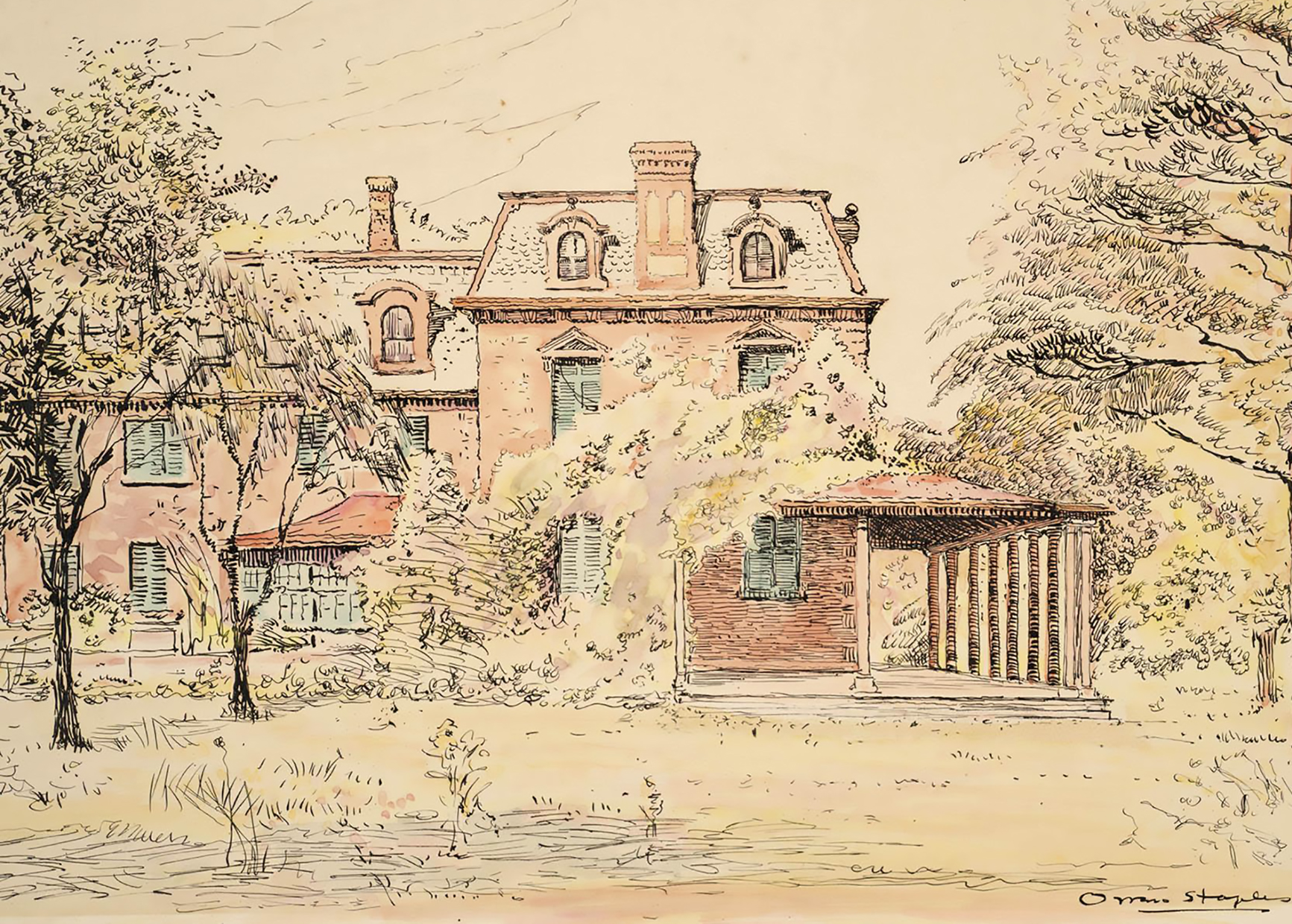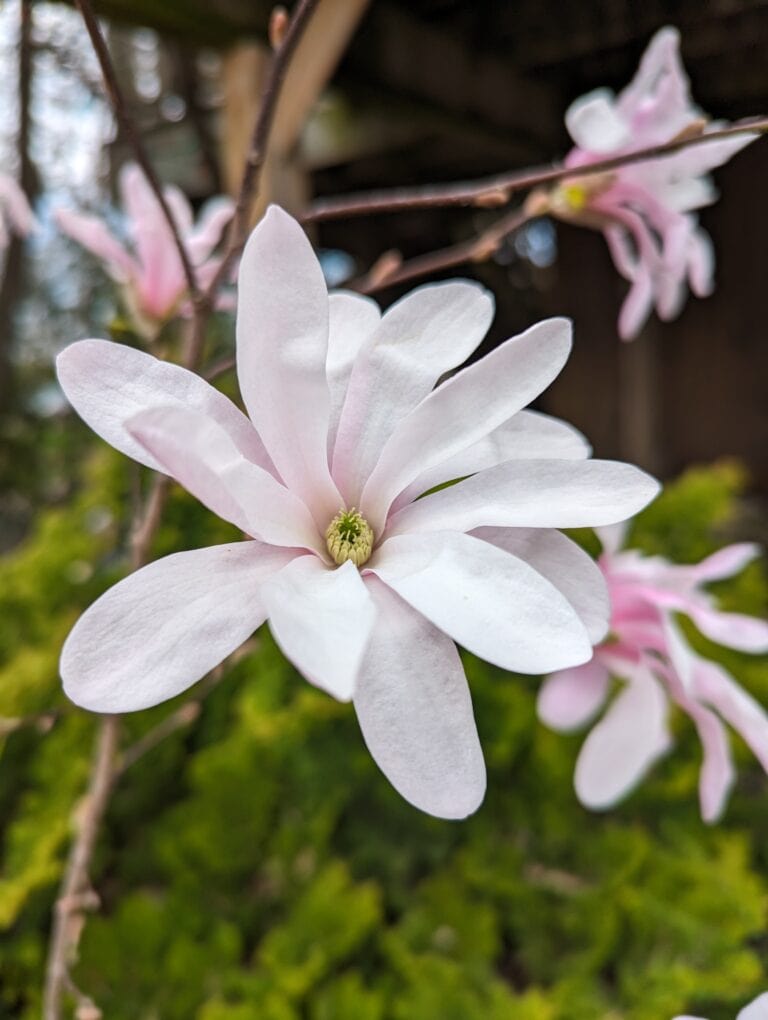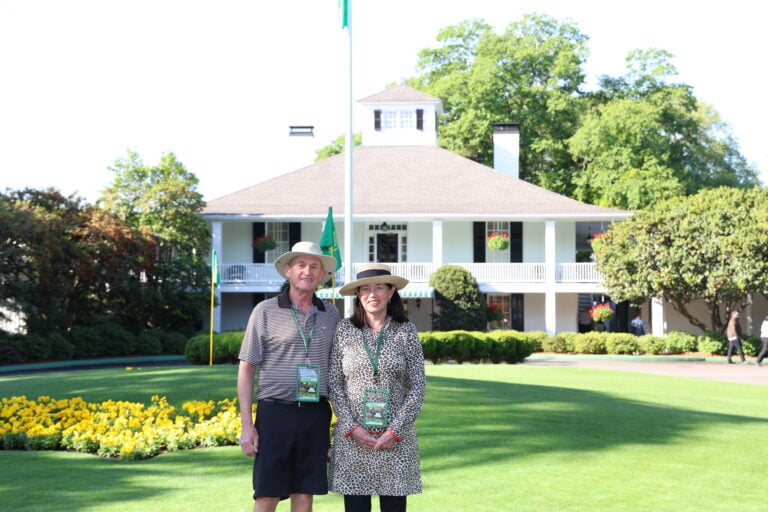Since its settlement, Niagara-on-the-Lake (aka Newark, Niagara) has witnessed the loss of many fine pieces of architecture.
We all know of the burning of the town during the War of 1812 and in past columns I have mentioned other, more recent, losses such as the 1817 Courthouse.
However, there is one particular ghost that has received little public acknowledgement despite the fact its destruction left the town’s heritage significantly poorer. This is even more surprising given that I believe it speaks to the challenges our community faces today.
Our story begins in 1846 when Judge G.C. Campbell purchased four acres fronting on King Street across from the Turf Club. There he built a home in the late Regency style wherein he resided until his death a number of years later. In 1865, Judge Campbell’s widow placed the property for sale and it was acquired by Josiah Plumb, a wealthy American businessman who had recently immigrated to Canada.
Now, while Judge Campbell had been quite active locally in the community, Josiah Plumb seems to have thrown himself into his new homeland with a passion. By 1874, he had become the Member of Parliament for Niagara. He was appointed to the Senate in 1883 and became the Speaker in 1887.
On his four-acre property, he embarked on an ambitious plan to expand and remodel the existing house in the Second Empire style, a plan which included adding a full third storey sheltered under a de rigueur mansard roof.
By the time construction was complete, the house boasted eight bedrooms, several “modern” bathrooms and entertainment spaces that included a billiard room measuring 20 by 30 feet and a 608-square-foot ballroom.
That the building of this mansion and estate property was intimately tied to Mr. Plumb’s business and political endeavours is undeniable since history records that among his guests were included Lord Dufferin, the Marquise of Lorne and his wife; the daughter of Queen Victoria; Princess Louise, the Prince of Wales (King Edward VII) and the Duke of York who would later take the crown as King George V.
And, while we can imagine that the social calendar of the Plumbs might have been somewhat exclusive, Josiah ensured at least one connection with the town folks by offering his tennis court for use by the Niagara Lawn Tennis Club on a regular basis.
After Plumb’s death in 1888, the ownership of the property passed to Edmund Sayer and then to Arthur White, both of whom maintained the estate in its original glory. But for White came the nemesis of the 1930s Depression.
For unpaid taxes, the town foreclosed on Arthur White and assumed ownership of the estate.
By the early 1940s, unable to find a buyer for a four-acre estate property, town council elected to gut the house (selling off the home’s features and materials to local buyers) and sell it for only the value of the land.
In 1943, the town cut a deal with the board of education to build a school on the property. Five years later, the Plumb mansion had been razed and work had begun to construct a new primary school featuring the buff brick popular in the mid-20th century.
From there, the build out of the Parliament Oak school, as we see it today, was a foregone conclusion.
While we cannot condemn the 1940s town council for a fiscally responsible decision, today’s community must mourn the loss of an irreplaceable piece of our heritage. Something to keep in mind as other historic properties now sit in limbo under threat.











